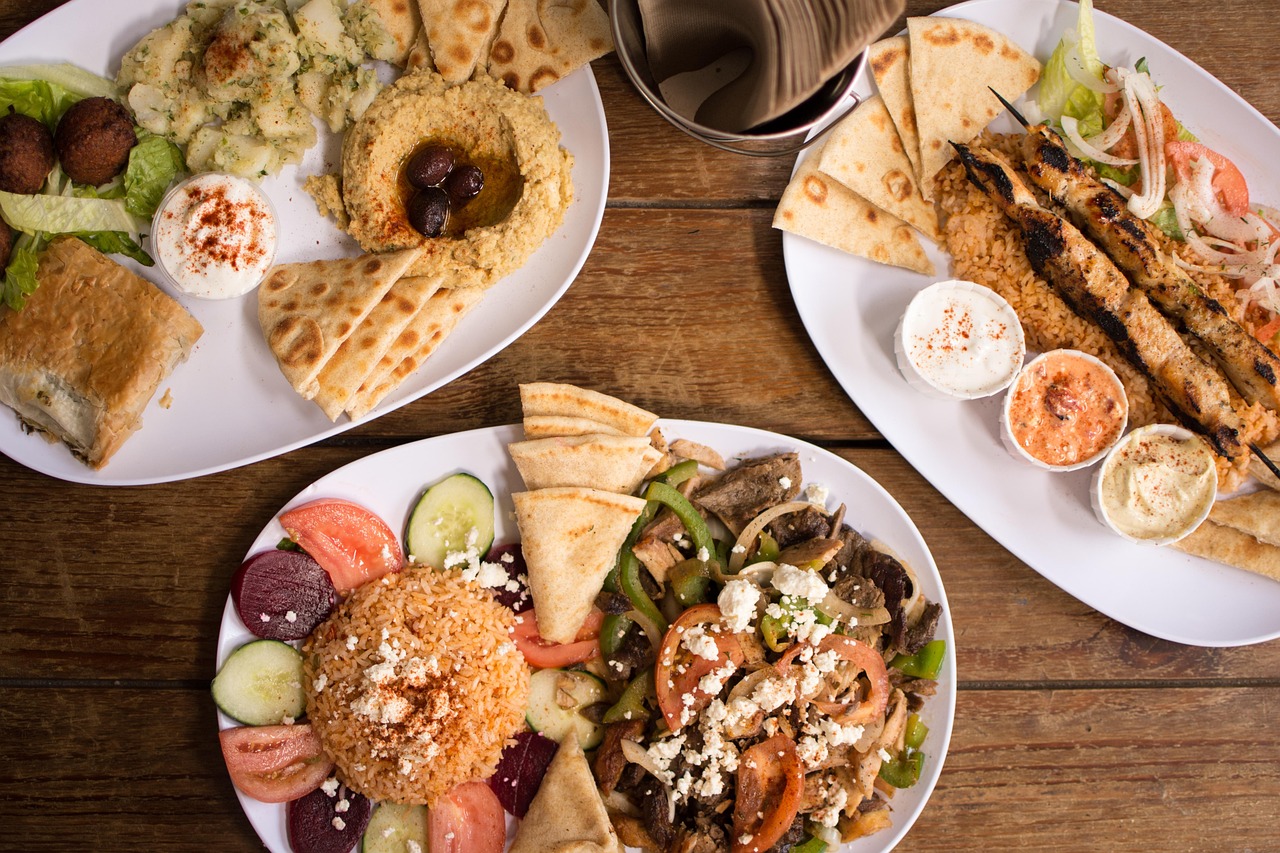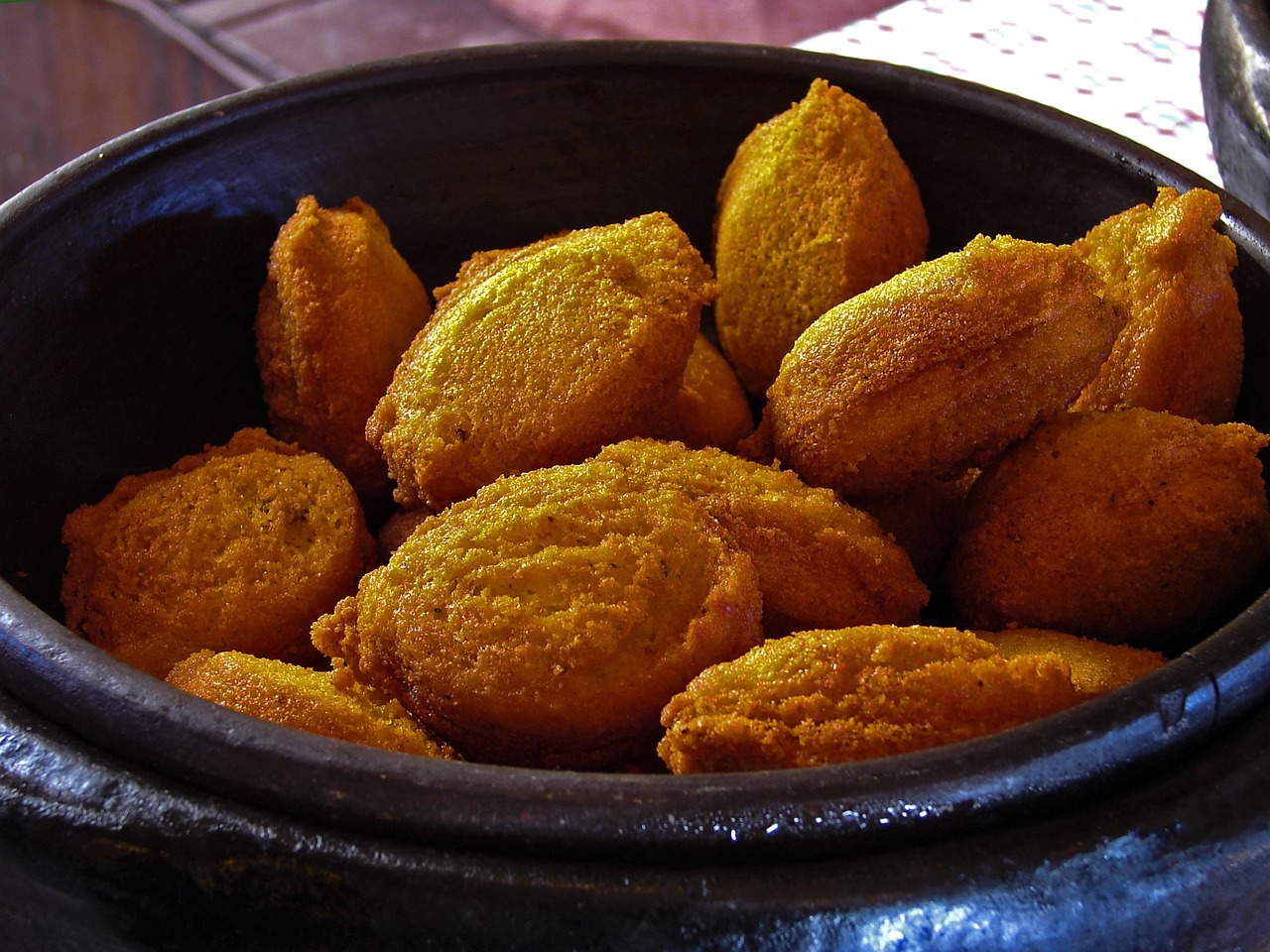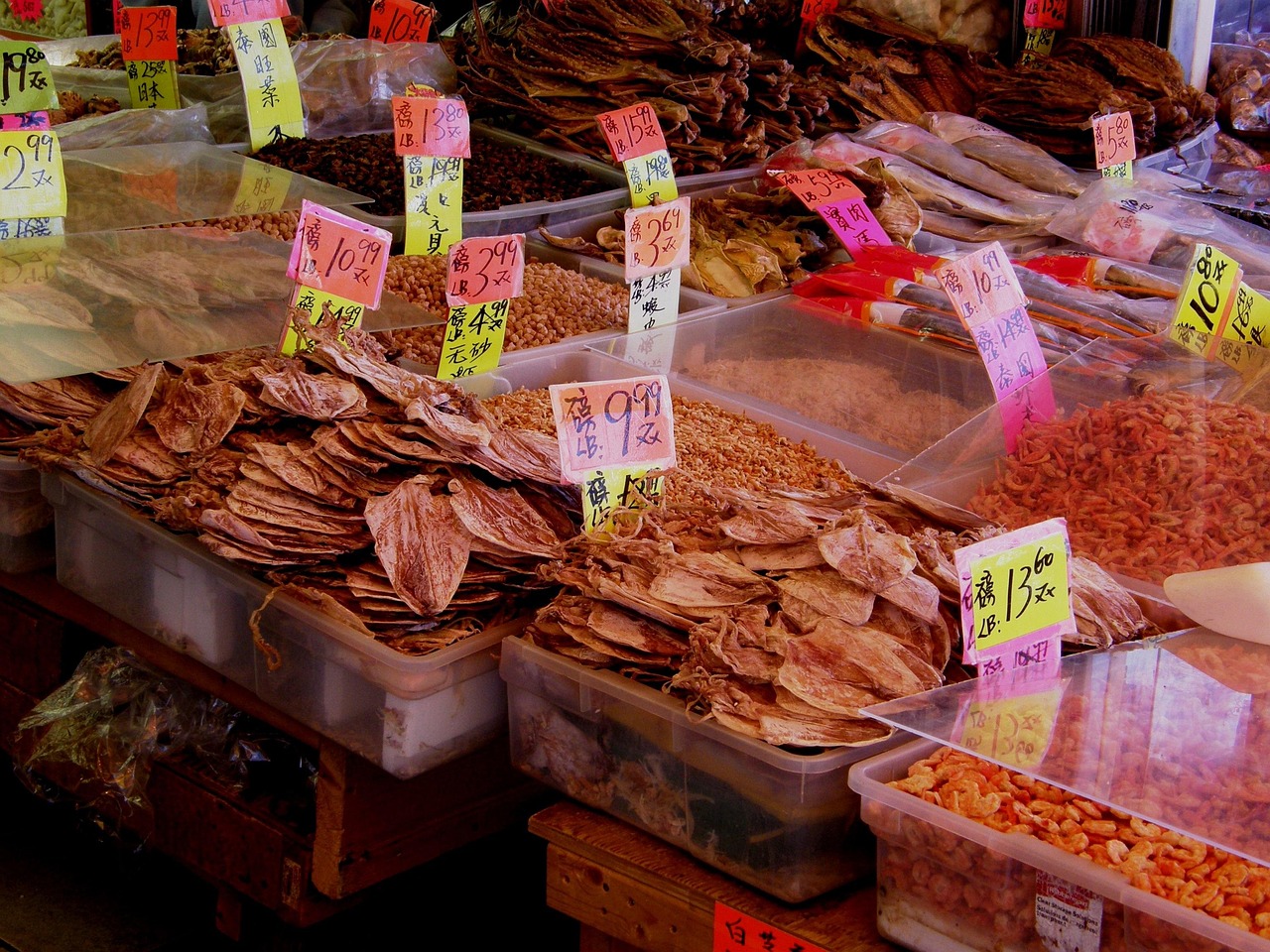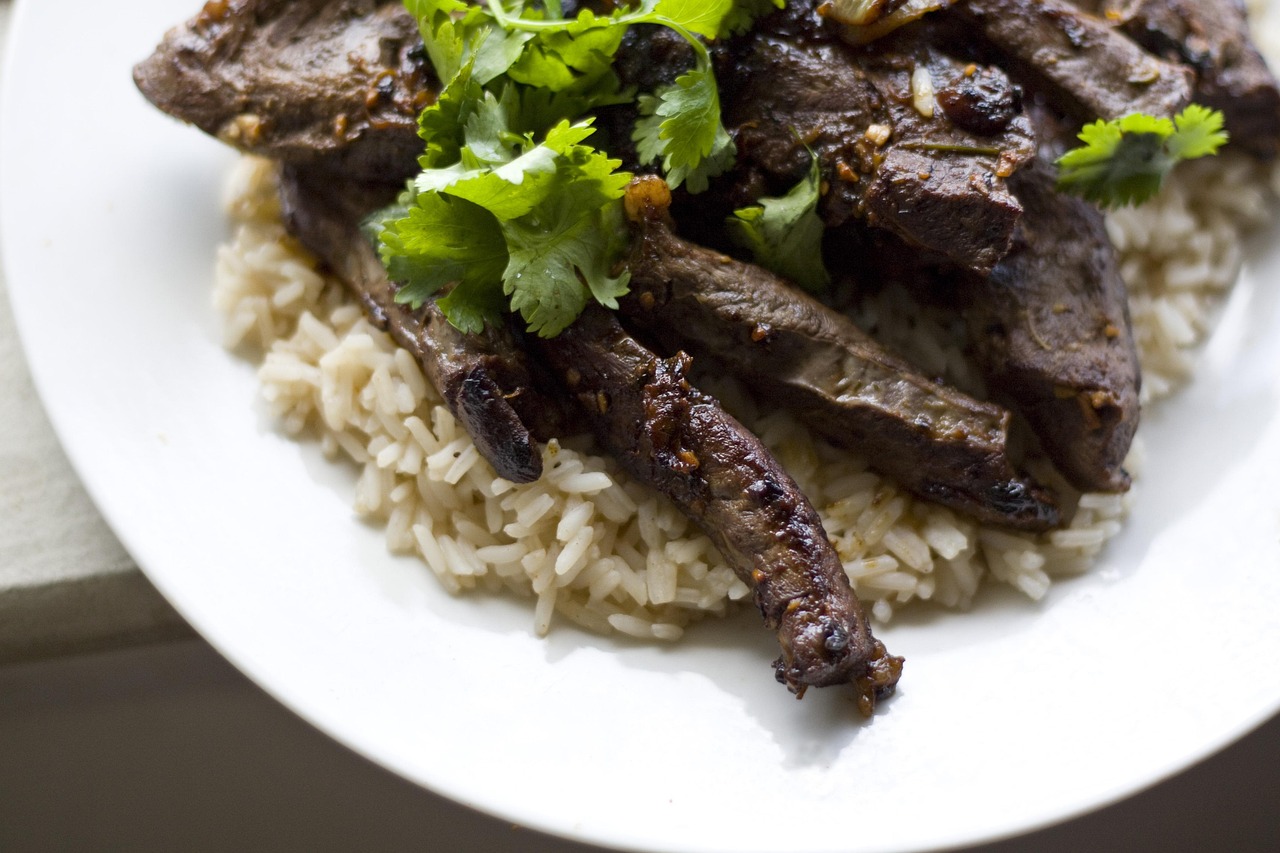在这篇文章中,我们将一起踏上一场全球美食文化的探索之旅,通过英文作文的形式,我们将深入了解不同国家和地区的独特美食,以及它们如何反映各自的文化和历史,准备好你的味蕾,让我们一起启程吧!
美食文化是一个国家或地区传统和生活方式的重要组成部分,它不仅仅是关于食物本身,更是关于食物背后的历史、社会习俗和艺术,在英文作文中,我们可以通过对不同美食的描述,来展示一个国家的文化多样性和丰富性,以下是一些关于全球美食文化的英文作文示例,它们将带你领略世界各地的风味。
亚洲美食:中国的饺子
In the heart of Asia lies China, a country with a rich culinary heritage. One of the most iconic dishes is the dumpling, or "Jiaozi." These small, crescent-shaped parcels of dough are filled with a variety of ingredients, from pork and cabbage to shrimp and chives. The art of making dumplings is a family affair, often involving multiple generations gathering around a table to fill and fold the dough. It's not just a meal; it's a symbol of unity and tradition. During the Chinese New Year, dumplings are eaten to usher in good luck and prosperity, making them more than just a delicious treat—they're a cultural staple.

欧洲美食:法国的奶酪
Europe is a continent of diverse cuisines, but France stands out with its cheese. "Fromage" is not just a food; it's a way of life. With over a thousand varieties, French cheese is as diverse as the regions that produce them. Each type has its own unique flavor profile, texture, and even smell. The cheese-making process is a craft passed down through generations, and each cheese is a testament to the terroir—the specific set of environmental conditions—of its origin. Whether it's the pungent Roquefort or the creamy Brie, French cheese is a culinary delight that reflects the country's deep respect for tradition and quality.
美洲美食:墨西哥的玉米饼
In the Americas, Mexico's "Tacos" are a culinary delight that has captured the world's attention. Made from a simple corn tortilla, tacos can be filled with a variety of ingredients, from grilled meats to fresh vegetables, and topped with a tangy salsa. The taco is more than just a food; it's a symbol of Mexican culture and its indigenous roots. Corn, the base of the tortilla, has been a staple in Mexican diets for thousands of years, and the taco is a testament to the country's agricultural heritage. Today, tacos are enjoyed not only in Mexico but around the world, a testament to the universal appeal of this versatile dish.
非洲美食:埃塞俄比亚的因吉拉
Africa is a continent rich in culinary traditions, and Ethiopia's "Injera" is a prime example. This sourdough flatbread is made from teff, a grain native to Ethiopia, and is the base for many traditional Ethiopian meals. Injera is not just a bread; it's a canvas for a variety of stews and sauces, known as "Wat." The act of eating injera is communal, with diners using pieces of the bread to scoop up the accompanying dishes. This shared mealtime experience is a reflection of Ethiopian culture's emphasis on community and togetherness. Injera is not just a food; it's a social experience that brings people together.
大洋洲美食:澳大利亚的烧烤
Oceania, with its diverse cultures, has its own unique culinary traditions. In Australia, the "BBQ" or "Barbecue" is a national pastime. Australians take pride in their outdoor cooking, with the barbecue being a social event that brings friends and family together. From grilled shrimp to succulent steaks, the Australian BBQ is a celebration of the country's love for the great outdoors and its diverse culinary influences. The BBQ is not just a meal; it's a way of life that reflects Australia's laid-back attitude and its connection to nature.
Through these examples, we can see how food is not just a means of sustenance but a way to understand and appreciate the cultures of different parts of the world. Each dish carries with it a story, a history, and a sense of identity. As we write about these foods in our English compositions, we are not just describing what they taste like; we are exploring the essence of the cultures that created them.
Whether you are a student writing an essay on global cuisine or a food enthusiast looking to broaden your culinary horizons, understanding the cultural significance of food can enrich your experience. It can turn a simple meal into a journey through time and space, allowing you to connect with people from all over the world through the universal language of food.
So, the next time you sit down to a meal, take a moment to consider the story behind the food on your plate. It might just open up a world of new understanding and appreciation for the diverse tapestry of global cuisine. And who knows? It might inspire you to write your own food adventure in English, sharing your own culinary experiences and insights with the world.











